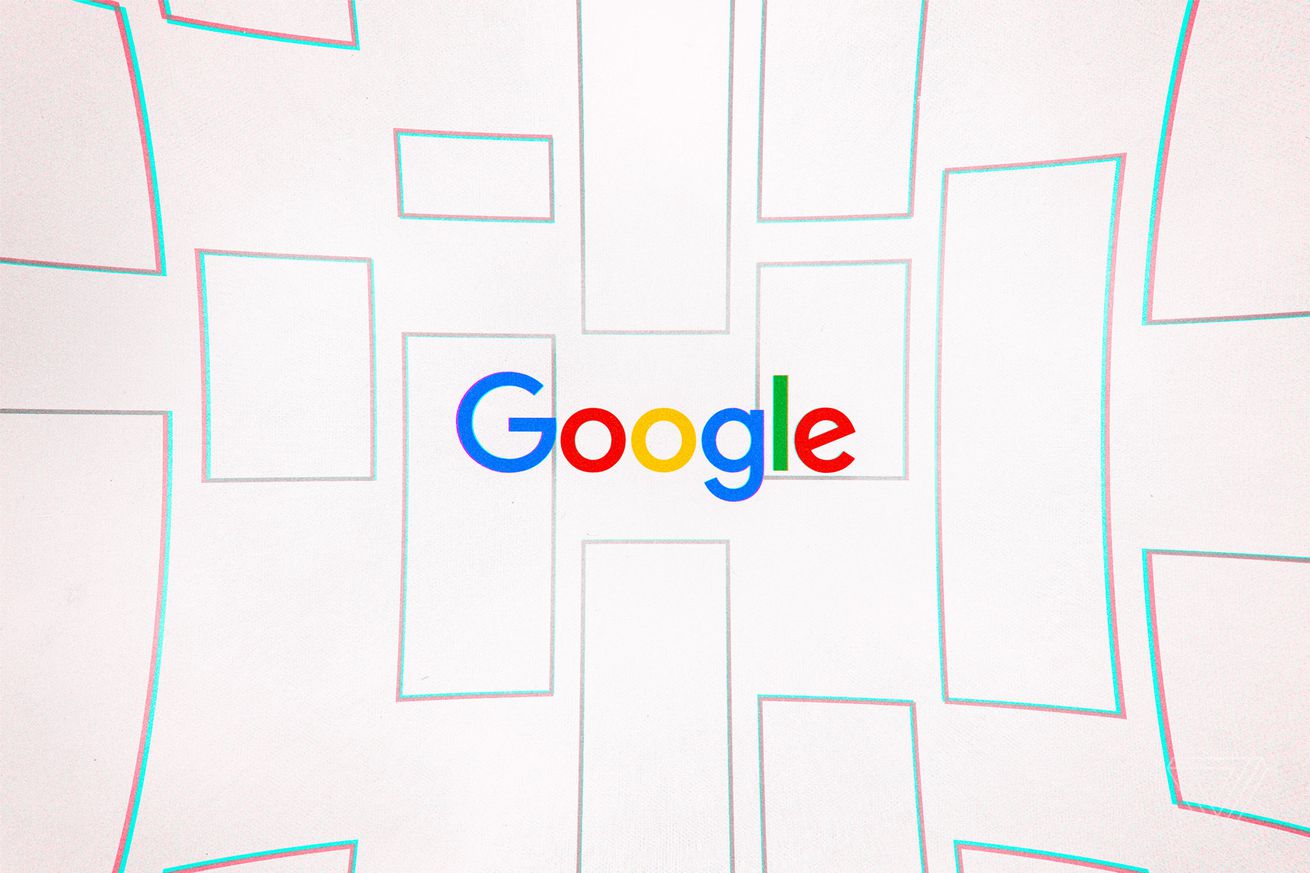
Google is making it easier to doomscroll through search results by automatically loading newer results as you get to the end of the page. Previously, when you got to the end of a page of Google search results, there was a big “See more” button at the bottom you could tap to, well, see more results. With continuously loaded results, you’ll be able to just keep on scrolling to see more.
Beginning today, continuous scrolling is starting to roll out to Google Search for most English searches on mobile devices in the US. Learn more: https://t.co/ulPL0EaKV0 pic.twitter.com/W0iwL3fdy6
— Google SearchLiaison (@searchliaison) October 14, 2021
Continuous scrolling does have some advantages; it’s a lot easier to see more results quickly if you don’t have to consciously make a choice to tap the “See more” button. I can’t say I’m looking forward to this change, though, since reaching the end of a Google search page was often a natural place for me to consider if I had learned enough or if I wanted to seek out more information. With continuous scrolling, it might be harder for me to pull myself away from the page, which is something I already struggle with while using social networks with endlessly loading feeds.
Continuous scrolling is starting to “gradually” roll out Thursday for “most English searches on mobile in the US,” according to a Google blog post.
from TechCrunch https://ift.tt/3lGVqYv
via IFTTT
Comments
Post a Comment